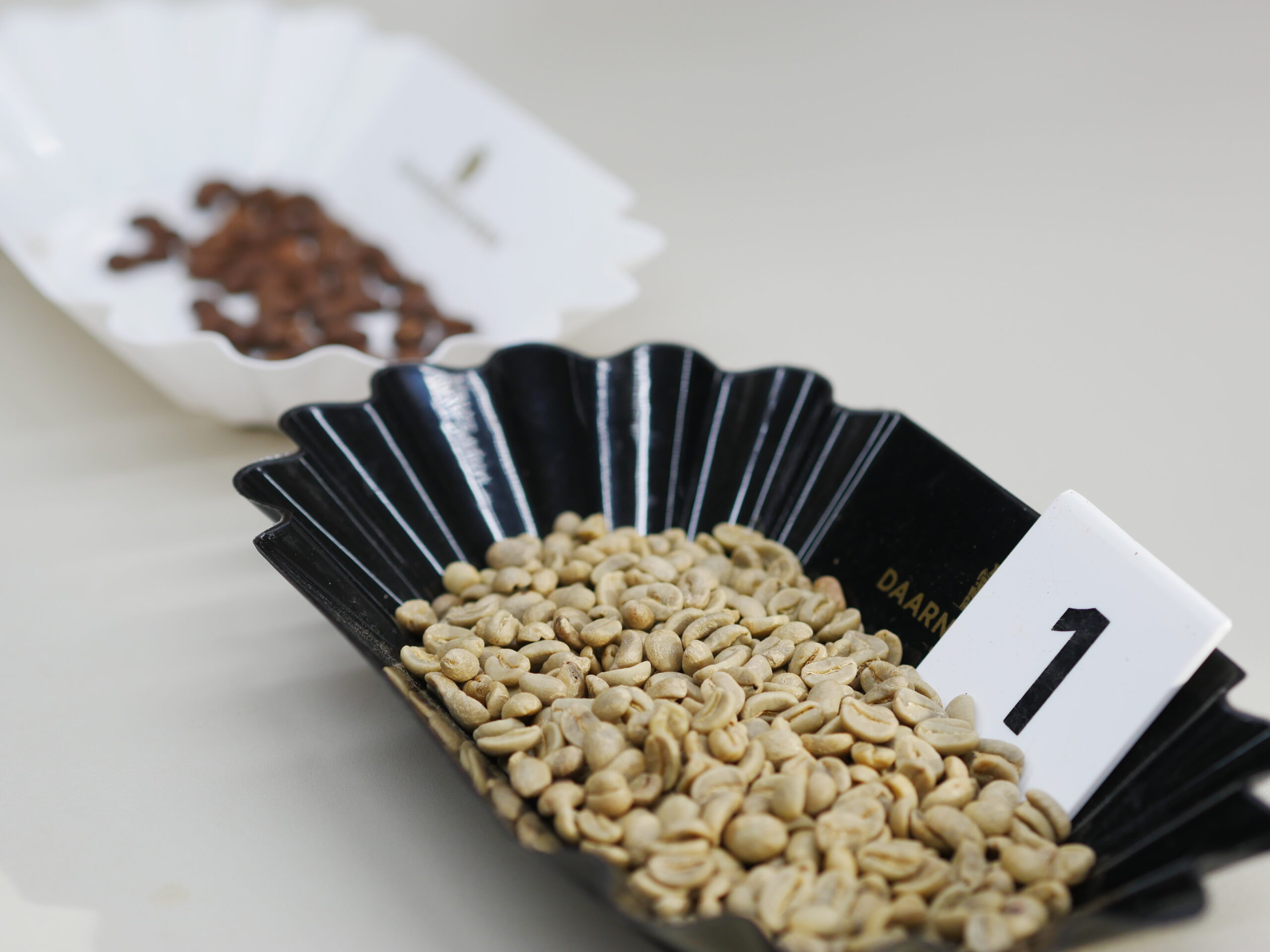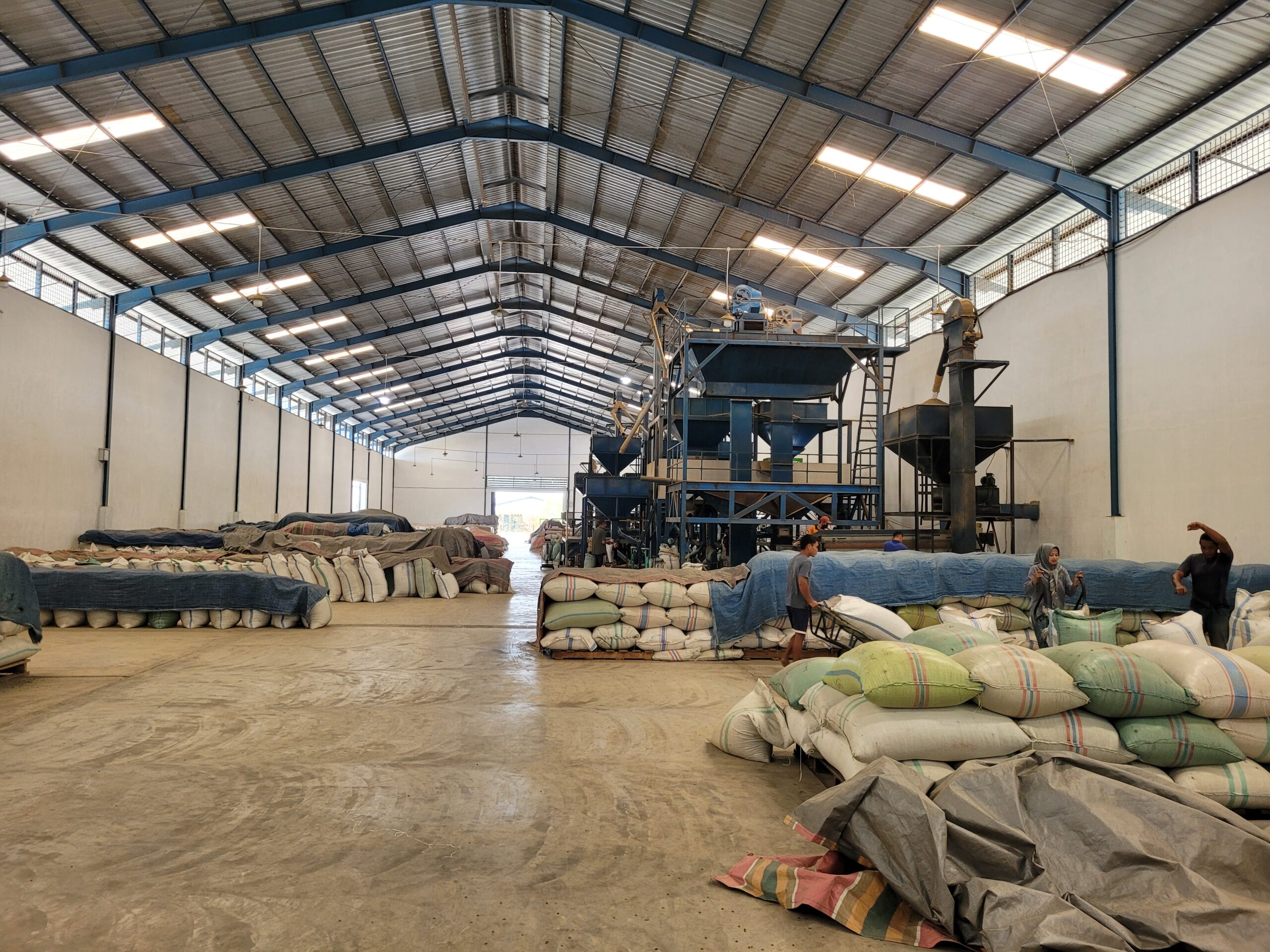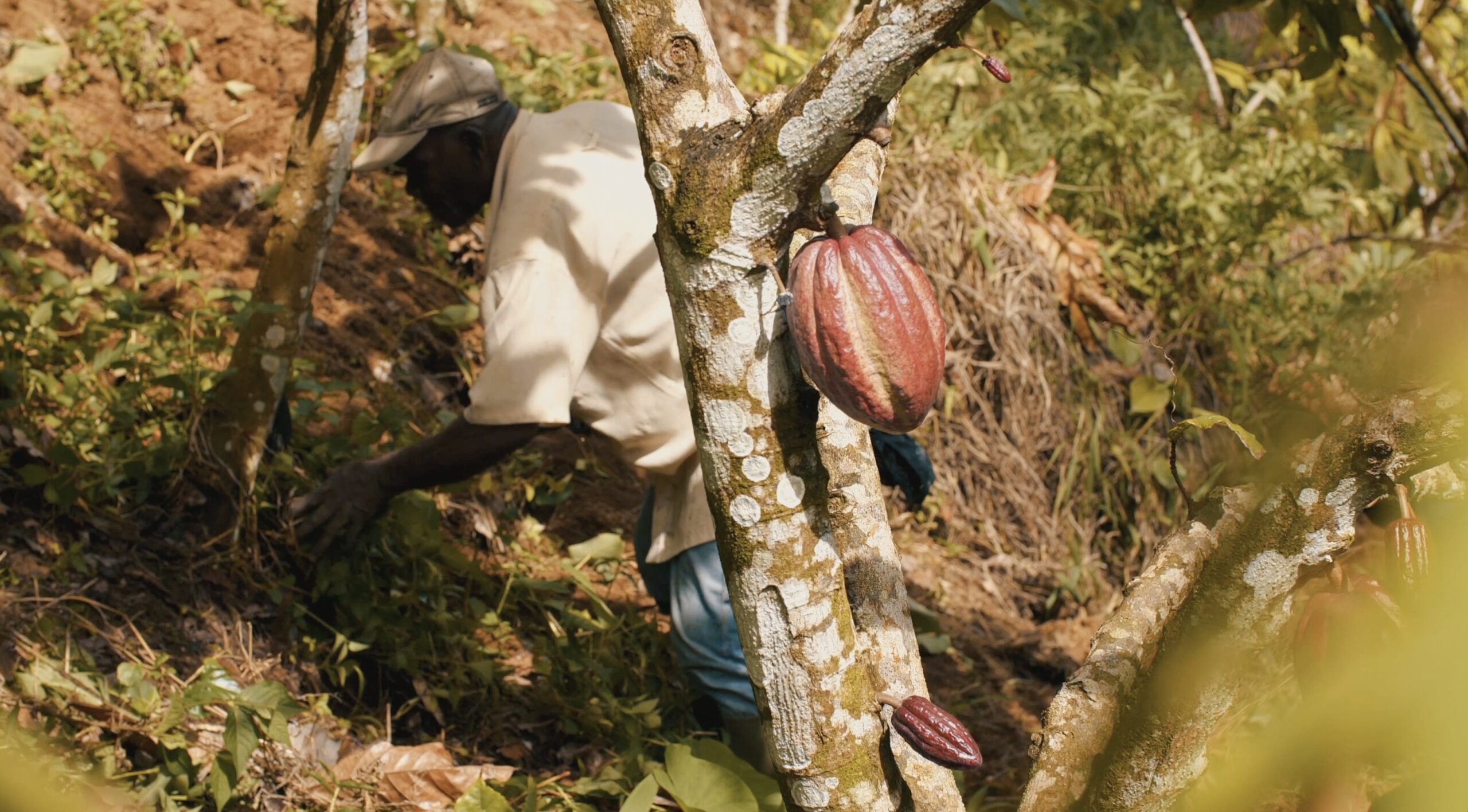Island Gold: The Sunny Cacao of Saint Vincent and the Grenadines
Saint Vincent and the Grenadines (SVG), a lush Caribbean island nation known for its beaches and volcanic landscapes, has quietly been building a steadfast reputation as an origin for top quality cacao. The revival of cacao cultivation on the island, led by the Saint Vincent Cocoa Company (SVCC), is a story where history, sustainability, and exciting flavors combine.
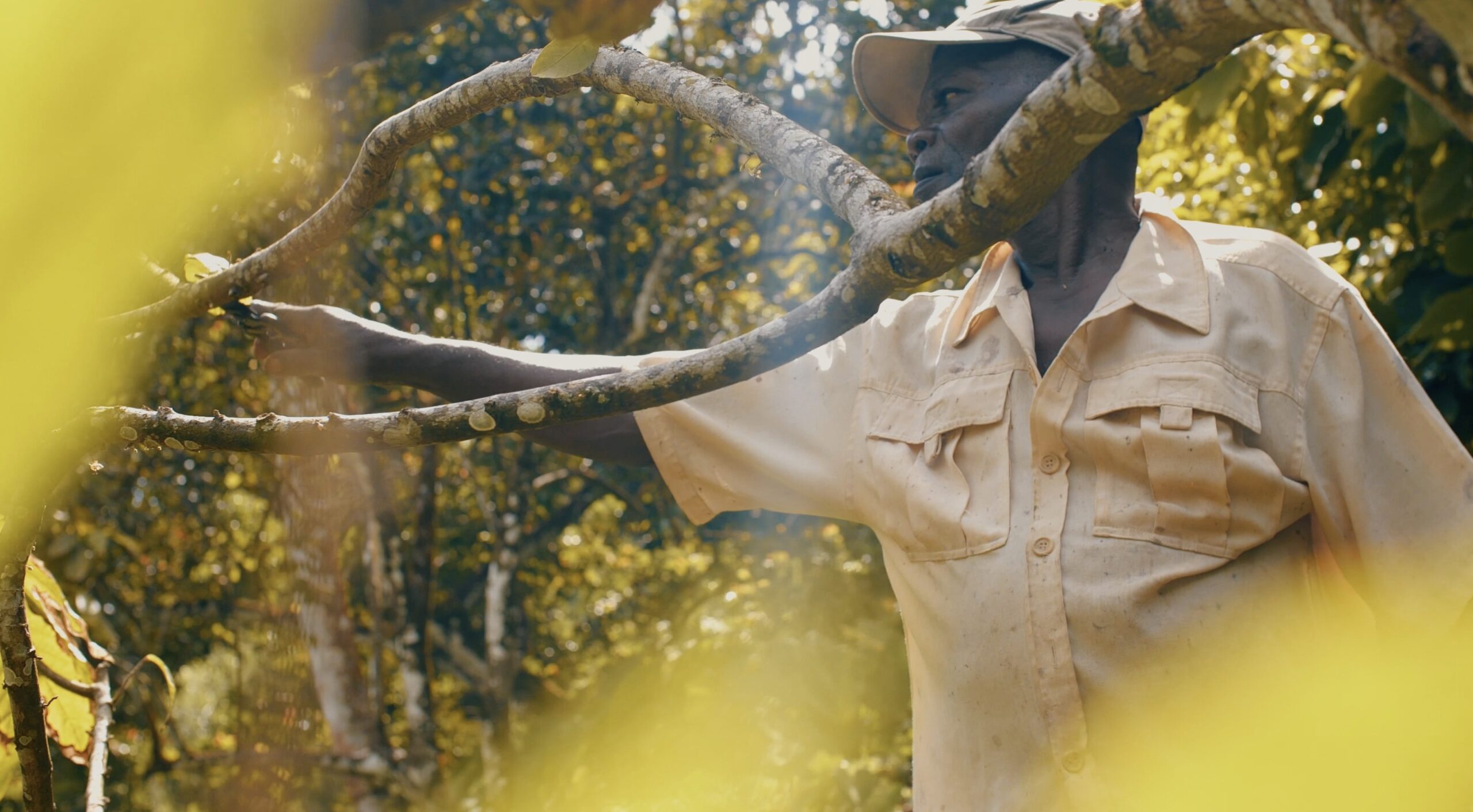
Cacao Past and Present
Cacao was introduced to Saint Vincent in the 18th century by British colonizers and remained part of the agricultural landscape for centuries. However, by the 1970s, the banana trade had taken over, and cacao production waned. The collapse of the banana industry in the 1980s, due to European trade policy changes, left much farmland abandoned.
In 2011, a couple of investors took the bold step of reviving the island’s cacao industry. The company took over a failed foreign investment and set about rebuilding the sector from the ground up. In 2014 SVCC took over this effort. Nowadays the company manages around 250 hectares of farmland and works with over 100 smallholder farmers. These farmers typically manage around 2 hectares each, using cacao as part of mixed cropping systems that include bananas, plantains, root vegetables, ginger, and maize. The cacao trees are shaded by timber species like coconut, melina, and mahogany, creating a biodiverse and resilient agricultural system.

Saint Vincent Cocoa Company
SVCC has created a vertically integrated cacao enterprise on the island. This includes a plant nursery, fermentation and drying facilities, a chocolate factory (operated by sister company Islands Chocolate), and even a gene bank for cacao germplasm. The company is the largest agricultural employer in Saint Vincent, providing jobs for over 150 people with fair wages, contracts, holiday pay, and social security contributions—well above government and Fairtrade minimums.
SVCC sources beans from its own estates and from trained, contracted smallholder farmers. Harvests occur twice a year: a main crop from November to March and a mid-crop from April to October. The beans come from Trinitario and ICS varieties, introduced to the island from Trinidad and developed at Reading University.
Quality from Bean to Bar
The beans are fermented for six to seven days in a tiered wooden box system and sun-dried in solar tunnels. This careful post-harvest handling ensures consistent quality and flavor. The resulting cacao has a bright and lively flavor profile, characterized by sweet, citrusy tropical notes like pineapple and orange peel, underpinned by nutty hints of pine nuts. This signature “sunny” flavor has earned SVG cacao a place in the global fine flavor market.
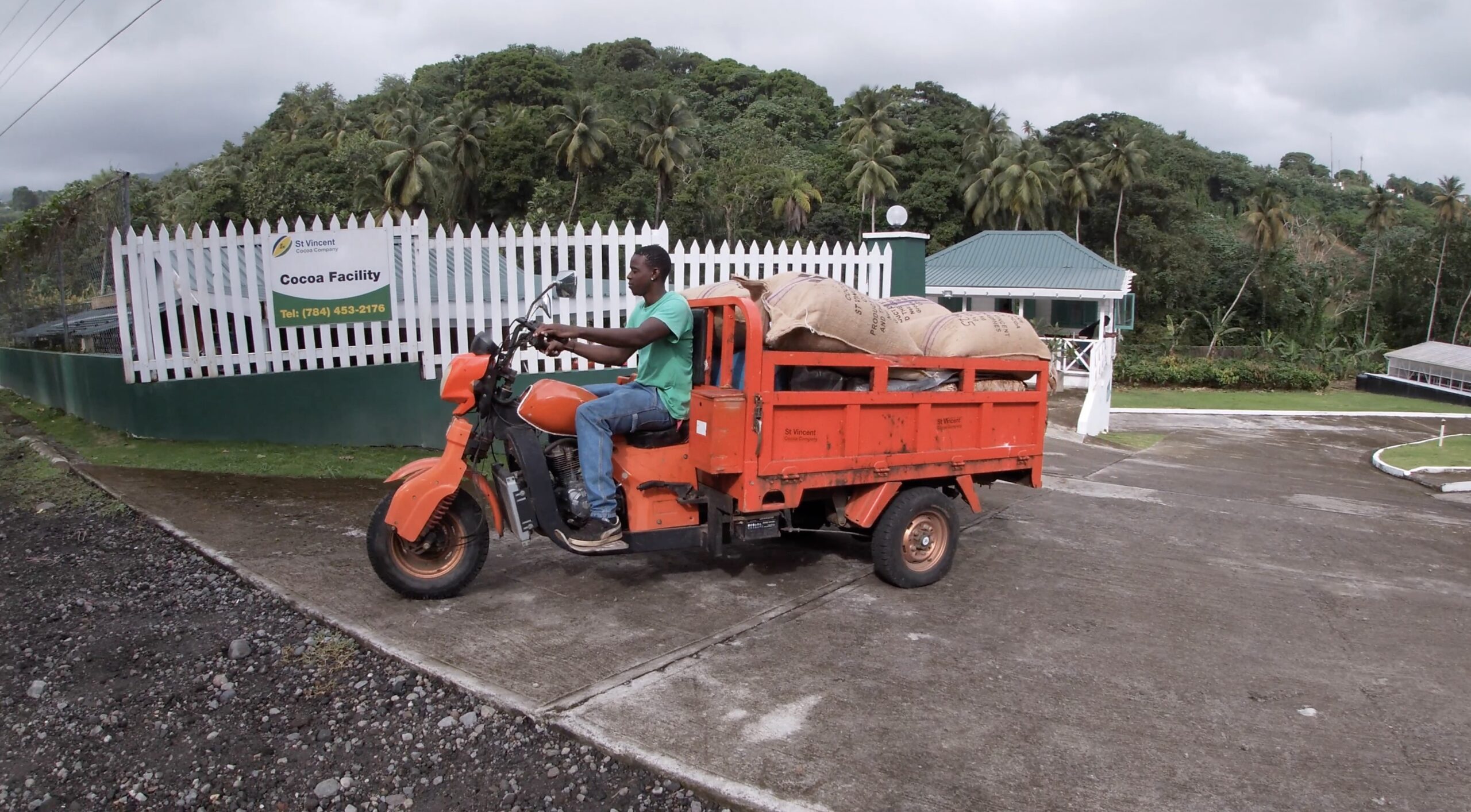
Ethical Roots with a Global Reach
Through their sister company, Islands Chocolate, SVCC also produces single-origin chocolate made from Saint Vincent cacao. The combined efforts of local farmers, SVCC, and Islands Chocolate are helping the island gain international recognition for its high-quality, ethically produced cacao.
This transformation from neglected farms to a thriving cacao industry represents more than just economic development—it’s a story of sustainable agriculture, community empowerment, and the development of a unique and captivating sunny cacao flavor.
Share this article
Follow us
Latest articles
September 29, 2025
September 29, 2025
September 29, 2025

